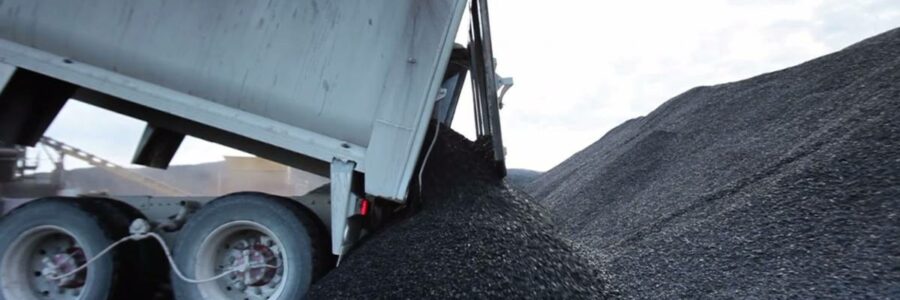
Long-term solution sought for pollution costs at Stockton Mine
The Government is preparing to seek a long-term solution to the $3m-a-year problem of treating acid runoff from historic government coal workings at the Stockton Mine, an uncapped liability that is expected to persist for at least a century.
A report written by the Treasury last July and released under the Official Information Act noted that the Crown’s estimated liability for acid treatment at the mine ballooned from $57m on government books in 2016 to $87m for the year ended June, 2019. Though the figure (based on the discounted present value of forecast cost) dropped to $83m in the latest financial year.
The liability is limited to rehabilitation costs relating to mine workings dating to New Zealand government ownership, prior to 2017.
The report warned the Minister of Finance, Grant Robertson, that unless a better solution is found to the current methods, acid treatment costs will increase further when the Stockton Mine closes.
“If no alternative scheme were introduced, the Crown would need to employ a number of people to remain on site and continue with the current manual treatment method, and the costs associated with doing so would increase. The Crown would be required, at a minimum, to continue monitoring the waterways as well as maintenance of the dosing plant and logistics,” the partially redacted report said.
In 2020, the Treasury planned to start a procurement process to find a cheaper acid management option. However, the effort was delayed by the Covid-19 pandemic. “We have now begun the preparations for an expressions-of-interest process and are considering the appropriate time to go to the market for a solution,” the report said.
Stockton was bought from state ownership in 2017 by BT Mining (a joint venture of ASX-listed Bathurst Resources and Talley’s Energy) and appears to have years of life ahead of it, despite recent government moves to curtail the use and extraction of fossil fuels, including increasing the cost to offset greenhouse gas emissions.
Stockton is New Zealand’s largest coal mine; it produces around 1.1m tonnes of coking coal a year for export.
“As there is currently no economic or technological alternative to the use of coal in the iron and steel-making process, it is expected that Stockton will continue to produce coking coal for many years to come,” a spokesman for Bathurst said.
Earlier this week a Treasury spokeswoman said the department will make an announcement shortly regarding legacy acid drainage at the mine.
She also noted, seemingly in contradiction to last year’s report, that the Crown’s current $3m per year cost for acid mitigation is “projected to fall substantially in the next few years”. She declined to explain the reason for this in advance of the upcoming announcement.
Acid mine drainage
Currently BT Mining remediates acidic water that arises both from its own mining and from the historic activities of State Coal Mines and its successor state ownership vehicle, Coal Corporation, later called Solid Energy.
Acidic runoff is caused when exposed rock at the mine site reacts with water and creates sulphuric acid. In addition, the runoff can also collect heavy metals from the rock. Untreated, the polluted water is considered a threat to aquatic life.
Currently, the runoff at Stockton, where rainfall levels are very high, is diverted off the plateau where the mine is situated, collected in a sump and treated with lime. This neutralises the acid and precipitates the metals. The treated water is released and feeds the nearby Ngakawa River.
Historic ownership
In 2015, Solid Energy entered voluntary administration. In order to sell Solid’s mines, the then National-led Government agreed to indemnify future owners against the cost of environmental rehabilitation relating to earlier mining. The Stockton Mine was granted two indemnities: one for land rehabilitation and one for the management of acid mine drainage.
The Crown reimburses BT Mining for the costs it incurs in remediating legacy acid mine drainage.
Acid mine drainage is unique to Stockton among New Zealand mines, however it is relatively common globally.
Previous, unrealised, plans to mitigate the cost of acid drainage at the mine have included a hydro electricity scheme.
Source: Read Full Article